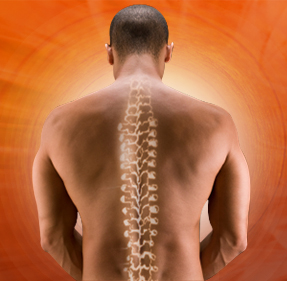Myelogram
There are a variety of diagnostic exams your doctor may recommend to determine the cause of your back and/or neck pain, as well as the type of treatment that may be appropriate for you.
What Is A Myelogram?
A myelogram involves injecting a radiographic contrast dye into the sac (dura) surrounding the spinal cord and nerves, and then taking x-rays of the spine. This allows the radiologist to specifically x-ray the nerve roots.
Why Do I Need A Myelogram?
Abnormalities within the spinal canal can potentially be identified to aid in the diagnosis of certain spinal problems, such as nerve compression or a disc rupture.
A myelogram may be used to identify
- The cause of arm or leg numbness, weakness, or pain
- Narrowing of the spinal canal (spinal stenosis)
- A tumor or infection causing problems with the spinal cord or nerve roots
- A spinal disc that has ruptured (herniated disc)
- Inflammation of the membrane that covers the brain and spinal cord
- Problems with the blood supply to the spine
How Is A Myelogram Done?
During the exam, you will lie on your stomach or side on an x-ray table. A local anesthetic will be placed on the skin over the test area, and with the assistance of fluoroscopy (x-ray guidance imaging), your doctor will insert a thin needle into the spinal canal for placement of the dye. A sample of spinal canal fluid (cerebrospinal fluid) may be taken before the dye is put in the canal.
After the dye is injected, x-ray images will be taken. When the exam is complete, the needle will be removed and your exam area cleaned and bandaged. Following the myelogram, you'll be taken to a recovery area where you'll rest lying down with your head elevated for several hours.
For at least 24 hours after your exam, quiet non-strenuous activities are recommended to allow your puncture site to heal. You should also drink plenty of fluids (e.g., water, juice) to help clear the dye from your body.
Are There Any Potential Risks Or Complications?
There is some risk associated with a myelogram. Possible side effects include
- Nausea or headache, which may last for up to 24 hours
- Seizure (following injection of the dye into the spinal canal, or if the dye moves into the brain)
- Allergic reaction to the dye
- Kidney complications in patients taking metformin for diabetes control
- Inflammation, weakness, numbness, paralysis or loss of bowel control (rare)
- Also in rare cases, the dye may cause blockage of the spinal canal. If this occurs, surgery is usually required
- Radiation damage to cells or tissue
Before undergoing your exam, please advise your doctor of any medical conditions or allergies you may have, or medications that you're taking. Also ask your doctor or a member of his staff about any specific pre- or post-exam instructions they may have. |






